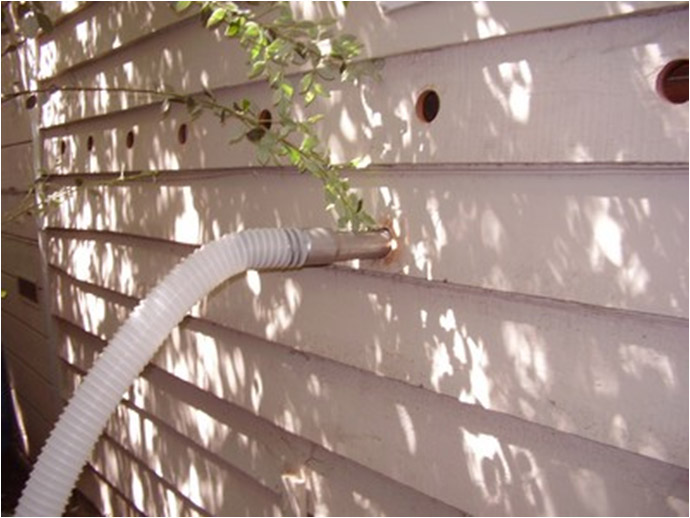Greenfiber blow in cellulose insulation fills gaps and voids to create an energy saving thermal blanket that can lower heating and cooling costs by 25 and reduce sound power by 60.
Blown in insulation exterior walls.
The most common type that homeowners will encounter is called loose fill cellulose insulation.
It is critical for water management and durability that the wall assembly s drainage plane be maintained.
Blow in blanket system bibs is the trademarked name for a patented new construction method of insulating walls with blower injected insulation that can be used for either open or closed walls.
3 while you hold.
Add r5 to r6 insulative wall sheathing beneath the new.
Insulating a completed wall with an insulation blower is easy.
Drill holes in the sheathing and blow insulation into the empty wall cavity before installing the new siding and.
When blown in insulation is added from the exterior the drainage plane if existing will be breeched and it must be made whole by appropriate patching or full replacement.
This clip demonstrates how insulation is blown in the exterior wall as an energy conservation measure via the weatherization assistance program wap.
There are three.
Blowing in insulation step by step 1 use a stud finder to locate studs in the wall.
Blown in insulation fills between existing wall studs and ceiling joists quickly and easily.
Use a drill and hole saw to make a penetration on center between each pair of studs into the top of the cavity.
Use a stud finder to locate each stud and any horizontal blocks that exist at or near the center of the wall s height.
Wrap a rag around the.
Repair and patch holes for painting.
2 thread the blower hose into the first hole and point the nozzle down deep into the wall cavity.
Cut blow in holes 1 per space between exterior wall studs.
In this second type moisture introduced into the spray helps the cellulose stick to the wall.
Add r5 insulative wall sheathing beneath the new siding.
Wall insulation whenever exterior siding is removed on an.
This is slightly different from another type of cellulose insulation which is designed to be blown onto open walls much like spray foam.
With a hole saw cut a small hole between 2 and 3 inches wide between.
5 things to know about blown in insulation 1.
On open walls a fabric sheath is attached to studs providing a type of cage that contains blown in fiberglass not cellulose insulation in pellets and other forms.
This means of insulation has its disadvantages.
Includes planning equipment and material acquisition area preparation and protection setup and cleanup.





























